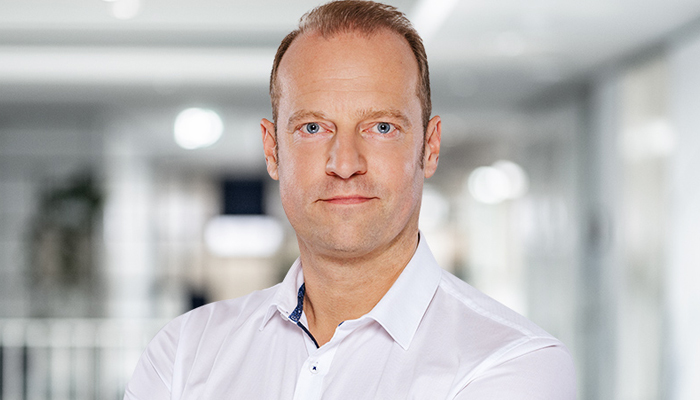TeamViewer, launched of AiStudio, a fully integrated Artificial Intelligence (AI) add-on to TeamViewer’s leading enterprise Augmented Reality (AR) platform Frontline. AiStudio consists of a self-learning algorithm to train AI models for image and object recognition. Following TeamViewer’s no-code approach for the Frontline platform, the use of AiStudio does not require any programming skills. This enables all customers to easily add AI capabilities to their day-to-day operations and improve their processes through automated verification.
Hendrik Witt, Chief Product Officer at TeamViewer, said, “As the European leader in enterprise AR solutions, we are constantly exploring new ways of supporting frontline workers’ daily tasks with intelligent technology. The integration of AI capabilities into AR workflows was the next logical step for us. Enriching complex manual processes with self-learning algorithms truly is a game-changer for digitalization projects and adds immediate value for our customers. For example, AI can perform certain verification tasks, reducing the probability for human errors to almost zero.”
Global customers from the food and beverage industry such as NSF participated in a closed early access program of AiStudio and have already developed AI-supported TeamViewer Frontline workflows for quality assurance and workplace safety, further improving productivity and efficiency. Use cases include the automated verification that hygiene gloves are worn during food
preparation processes, as well as confirmation of the correct commissioning in warehouse logistics. Other scenarios for the add-on range from quality assurance with AI-based detection of damaged or wrongly assembled products, to automatically recognizing factory equipment such as industrial machines and instantly providing additional information such as relevant maintenance instructions via augmented reality software.
Two out-of-the-box AI capabilities will be available for all customers with a Frontline license: one can detect common shopfloor warning signs through the smart glasses’ camera, the other one can detect if safety helmets are worn. Companies can easily implement further individual automated safety checks, adding an AI-based layer of workplace security.


